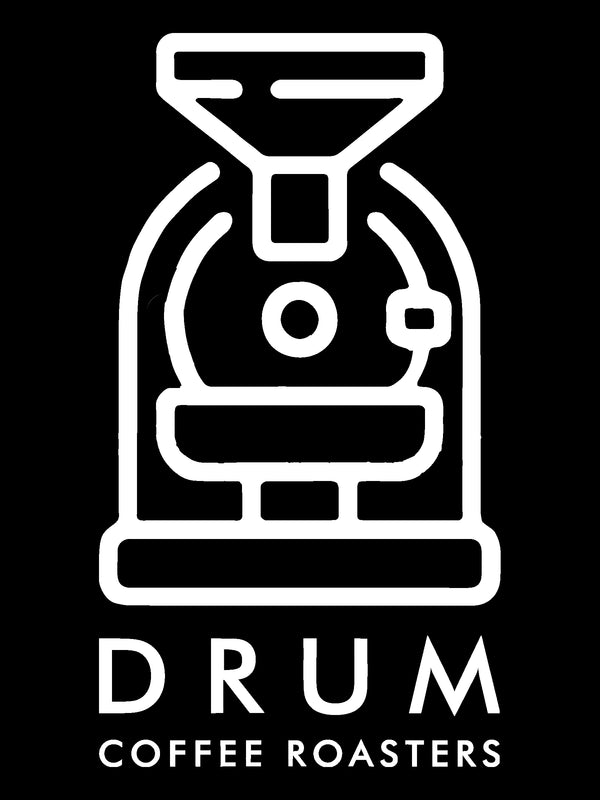What Keeps a Café Running – Part Two: Knowing Your Coffee
Share
Regardless of the café’s vibe or location, the menu usually includes the same familiar drinks: espresso, americano, cappuccino, mocha, and cold brew.

These drinks are everywhere. And more often than not, they’re brewed using similar recipes—same dose, same yield, same fat in milk, and sometimes even the same kind of roast. There’s almost an industry standard for how a cappuccino is brewed. And most cafés stick to it.
Which leads to an obvious question:
If the coffee is made the same way, what makes one café’s cappuccino better than another’s?
Assume, for a moment, that everything is in place—clean machines, trained baristas, defined SOPs, and consistently roasted coffee. Even then, the cup can vary drastically. And the difference often comes down to this: the coffee itself. Not just the beans, but how well the café understands them. Because no matter how polished the workflow is, if the café isn’t paying attention to the coffee—its origin, its roast, how it performs in their environment—they’re working blind.
And here’s where many cafés go wrong:
They source coffee from traders.From middlemen who move bags, not knowledge.
No background. No feedback. No collaboration.
Sometimes, cafés end up buying coffee from the same merchant who sold them their espresso machine. It’s bundled in—part of a scheme that looks convenient at first. But what that usually means is limited options, little control, and no real connection to the coffee being served.
And that’s where the shift needs to happen.
If there’s one decision that can change how a café serves coffee—it’s this: buy your coffee from a roaster. Someone who knows what they’re roasting, why they’re roasting it that way, and how it will behave in your setup. Someone you can call, visit, and speak with—because these conversations often do more for your café than any recipe tweak ever will. Coffee isn’t just a product. It’s a relationship. And that relationship begins with knowing your coffee—and the people behind it. Because once you understand the coffee you’re working with—once you’ve spoken to your roaster, cupped with them, asked questions—you’ll start to notice how much more control you have. You’ll know what to tweak when the espresso feels tight. You’ll understand how a change in milk or yield shifts the flavor. You’ll learn to brew with intention, not guesswork.

And when you’re able to do that, your café begins to offer something most others don’t—coffee that isn’t just good, but understood. Coffee that’s been shaped, dialed, and made to match your space, your team, and your customer.
Not many cafés get there.
But the ones that do, usually start by asking the right questions about their coffee.
Here are a few of those questions worth asking:
✅ Questions Every Café Should Ask Their Roaster
-
Where is this coffee sourced from?
(Estate name, region, altitude—context matters.) -
What varietal is it?
(Helps understand expected flavor, density, and how it reacts to roasting.) -
What’s the post-harvest process?
(Washed, natural, honey? It affects taste, body, and clarity.) -
What roast profile are you using and why?
(Understand if the roast was designed for espresso, milk-based drinks, etc.) -
How should we brew this coffee for best results?
(Recommended dose, yield, brewing temp—see if your equipment setup aligns.) -
What flavors should we expect in the cup?
(Cupping notes aren’t marketing—see if they match your customer preferences.) -
How do you ensure roast consistency batch to batch?
(You want to know there’s a process—not just intuition.) -
How fresh should the coffee be before serving?
(Not all coffee needs to be served ‘fresh’ off the roaster—especially for espresso.) -
Can we cup coffees together before choosing?
(You should be involved in selecting the coffee you’re serving.) -
Can you help us adjust our SOP if needed?
(A good roaster should be able to support tweaks based on real café feedback.)
You don’t need to ask all of these at once. But the more curious you get, the more clarity you’ll gain. And that clarity reflects in every cup you serve.
Cafés that last don’t just follow SOPs—they understand the coffee those SOPs are built around. And that understanding begins with choosing the right coffee, from the right roaster, for the right reasons.
You can’t control everything. But when you know your coffee, you control a lot more than you think.
